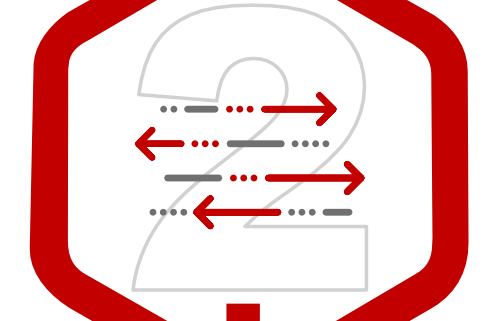Easy Way to Randomize Data in PBCS
Introduction
When an application is used to demonstrate sensitive information, a training class includes people that shouldn’t see live data, or security is being tested, often times using real data is not an option. I have written PowerShell scripts and .NET applications to randomize data from Essbase exports, as well as Custom Defined Functions to randomize with calculations. PBCS just made it much easier. Using one EPMAutomate command all the data in all the applications can be randomized. We don’t have the ability to control what is change, which would be a nice addition as I always excluded anything greater than 0 and less than or equal to 1 in an effort to exclude rates and things like a boolean true/false, or headcount. But, the ability to do it in one command is mighty appreciated!
Masking Data in PBCS
In a recent update to EPM Automate, Oracle introduced a new method – maskData. It can’t get any easier to use. Once you log in to EPM Automate, simply run maskData.
epmautomate maskData
When this is executed, it will ask you to confirm that you want to randomize the data in the application. If you want to bypass the confirmation, add -f after maskData and it will force the command to run without confirmation.
Thank You Mr. Obvious
Be very careful using this! Make sure you are logged on to test, and not production!











Very useful. We’ll take that feedback as well on the 0’s and rates.
Fantastic, thanks for providing your interest.
Great enchancement and a real pain point normally.
Do you know how the data is changed ? How long time it takes?
For a business rule to run through all data the past 5 years could take a long time so just wondering if you knew.
It is surprisingly quick. The application in question included a detailed product level budget (30,000 x 6 x 110), a WFP application by union/employee/title/etc, and it only ran for 20 minutes.
Will mask data command in epmautomate mask the grades , employee number , name and salary etc..?
I believe it does. This runs on the data and doesn’t discriminate on the data or account type. So, it will likely change the value to something that won’t even match a smart list value. That is the drawback of this. It is great for something quick, but it certainly doesn’t solve the problem where we want it to be smart about how it changes the data.